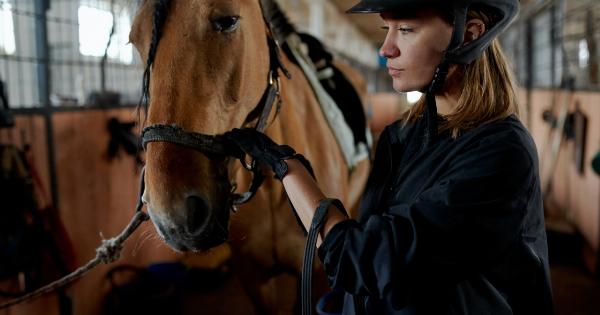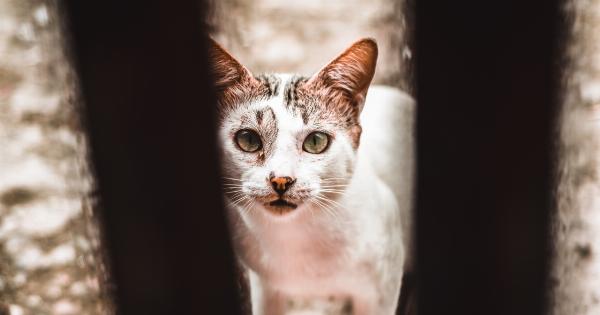Animal abuse is a serious issue that affects millions of animals around the world. It can take many forms, from neglect and abandonment to physical abuse and cruelty.
While anyone can be capable of animal abuse, there are certain characteristics that are often associated with those who engage in this behavior. By understanding these characteristics, we can better identify and prevent animal abuse.
1. Lack of Empathy
One of the most common characteristics of animal abusers is a lack of empathy. These individuals tend to be indifferent to the pain and suffering of animals and may even take pleasure in it.
They may also struggle to put themselves in the shoes of another person or animal, making it difficult for them to understand the harm they are causing.
2. Sadistic Tendencies
Another common characteristic of animal abusers is sadistic tendencies. These individuals may enjoy causing pain or suffering to animals and may even seek out opportunities to do so.
This behavior is often rooted in a desire for power and control over another living being.
3. History of Abuse
Many animal abusers have a history of abuse themselves. They may have been abused or neglected as children or may have witnessed animal abuse in their family or community.
This can desensitize them to the pain and suffering of animals, making it easier for them to engage in abusive behavior themselves.
4. Substance Abuse
Substance abuse is often associated with animal abuse. Individuals who abuse drugs or alcohol may be more likely to engage in impulsive and violent behavior, including animal abuse.
Substance abuse can also impair an individual’s judgment and decision-making abilities, making it easier for them to engage in abusive behavior.
5. Sociopathic Behavior
Sociopathic behavior is another characteristic often associated with animal abusers. These individuals may lack the ability to feel empathy or remorse for their actions and may engage in manipulative or deceitful behavior.
They may also exhibit a lack of conscience, making it easier for them to engage in abusive behavior without feeling guilty.
6. Control Issues
Many animal abusers struggle with control issues. They may feel powerless or out of control in other areas of their life and may seek to exert control over animals as a way of compensating.
These individuals may become fixated on specific animals and may isolate them from others in order to exert greater control over them.
7. Mental Illness
Mental illness can also contribute to animal abuse. Individuals who struggle with mental health issues may have difficulty regulating their emotions and may engage in impulsive or destructive behavior.
They may also struggle to care for themselves, let alone animals in their care.
8. Lack of Education
Some animal abusers may simply lack education about how to properly care for animals. They may not understand the basic needs and behaviors of animals and may engage in abusive behavior unintentionally.
Educating individuals about animal care and welfare can help prevent unintentional abuse.
9. Lack of Consequences
Finally, a lack of consequences for animal abuse can contribute to the behavior. Individuals who engage in animal abuse without facing any consequences may feel emboldened to continue doing so.
It is important to hold individuals accountable for their actions in order to prevent future instances of animal abuse.
10. Lack of Support
Many animal abusers may also lack support systems in their lives. They may feel isolated and alone, with no one to turn to for help or guidance.
Providing support and resources to individuals who are struggling can help prevent animal abuse before it begins.




























